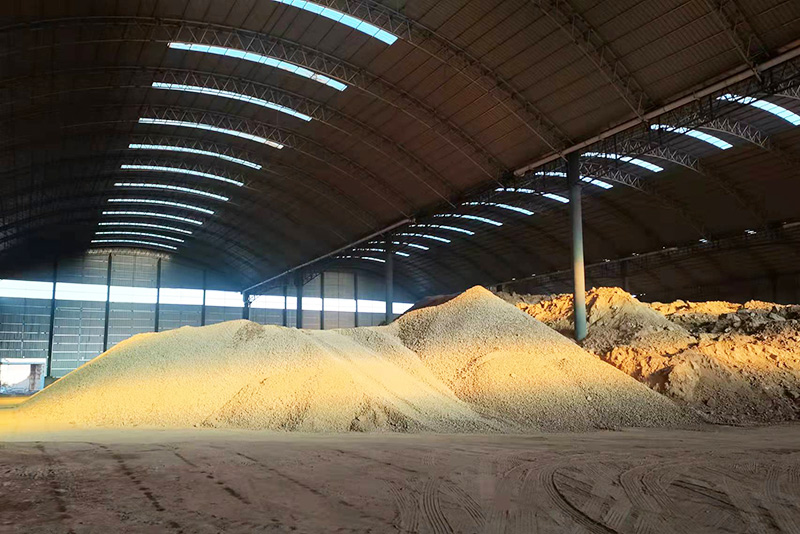Understanding Sand for Resin Applications
In the world of manufacturing and crafting, the synergy between different materials often leads to innovative solutions and products. One such combination that has gained popularity is sand for resin applications. This blend not only enhances the aesthetic appeal of finished products but also improves structural integrity, making it a staple in various industries, including art, construction, and industrial manufacturing.
What is Sand for Resin?
Sand for resin refers to the use of specially selected sand particles that are mixed with resin compounds. This mixture can be utilized in several applications, such as creating molds, decorative items, and even functional components in construction. The sand grains add texture, weight, and stability to the resin, resulting in a material that is both durable and visually appealing.
Types of Sand Used
When it comes to choosing sand for resin applications, not all sands are created equal. Here are a few types commonly used
1. Silica Sand This is the most prevalent type of sand used for resin applications. Silica sand is known for its fine texture and high purity, which makes it ideal for creating smooth surfaces. Its chemical composition allows it to bond well with different types of resins.
2. Colored Sand Often used for artistic purposes, colored sand is available in various hues. Integrating colored sand into resin can create vibrant and eye-catching pieces, particularly in art and craft projects.
3. Beach Sand Beach sand, though not as commonly used as silica sand, can also be incorporated into resin. Its unique textures and colors can create interesting effects in resin art.
4. Quartz Sand Similar to silica, quartz sand provides strength and durability. It is often used in construction applications where the resin needs to withstand significant wear and tear.
Benefits of Using Sand in Resin
Incorporating sand into resin compositions offers several advantages
sand for resin

1. Improved Strength The addition of sand enhances the structural integrity of the resin, making it less prone to cracking and breaking under stress.
2. Texture and Aesthetics Sand provides a unique texture to the finished product, which can elevate its visual appeal. The mix of sand and resin can mimic natural stones or create a beach-like appearance in decorative pieces.
3. Weight For certain applications, adding sand can increase the weight of the resin product, making it more stable and suitable for specific uses, such as in landscaping or outdoor decor.
4. Cost-Effectiveness Sand is often less expensive than other fillers or additives. Utilizing sand in resin mixtures can reduce production costs while maintaining quality.
Applications of Sand in Resin
The versatile nature of sand-resin mixtures opens the door to numerous applications
1. Art and Crafts Artists use sand in resin to create unique sculptures, decorations, or functional art pieces. The textures and patterns can be tailored to fit different creative visions.
2. Construction In construction, sand-resin composites can be used to create solid surfaces, such as countertops or flooring materials. They offer durability and can be molded to fit specific design requirements.
3. Industrial Uses Sand mixed with resin is often used in creating molds for casting metals and other materials. The strength of the composite ensures accurate and high-quality reproductions.
Conclusion
The combination of sand and resin is a prime example of how diverse materials can work together to create innovative solutions for various industries. Whether for artistic creations or functional constructions, the use of sand in resin enhances durability, aesthetics, and cost-effectiveness. As techniques and applications continue to evolve, the possibilities for this material blend are virtually limitless, paving the way for creativity and practical solutions in both professional and DIY projects. Whether you are an artist, a builder, or an industrial manufacturer, understanding and utilizing sand for resin applications can significantly enrich your work.
Post time:Dek . 19, 2024 04:06
Next:Advancements in Sand Casting Techniques for Enhanced Precision and Efficiency in Metal Production
